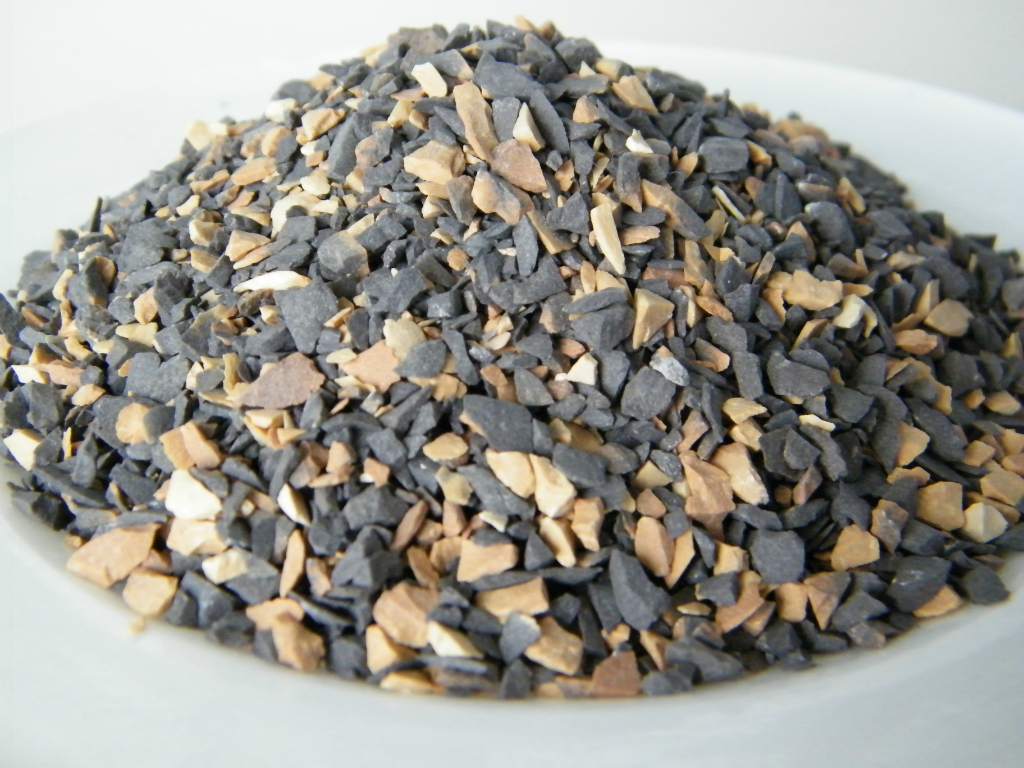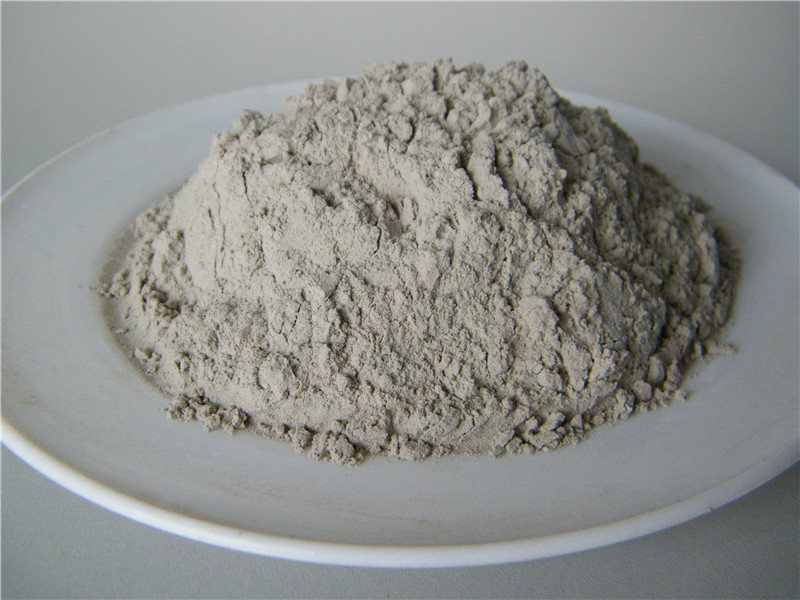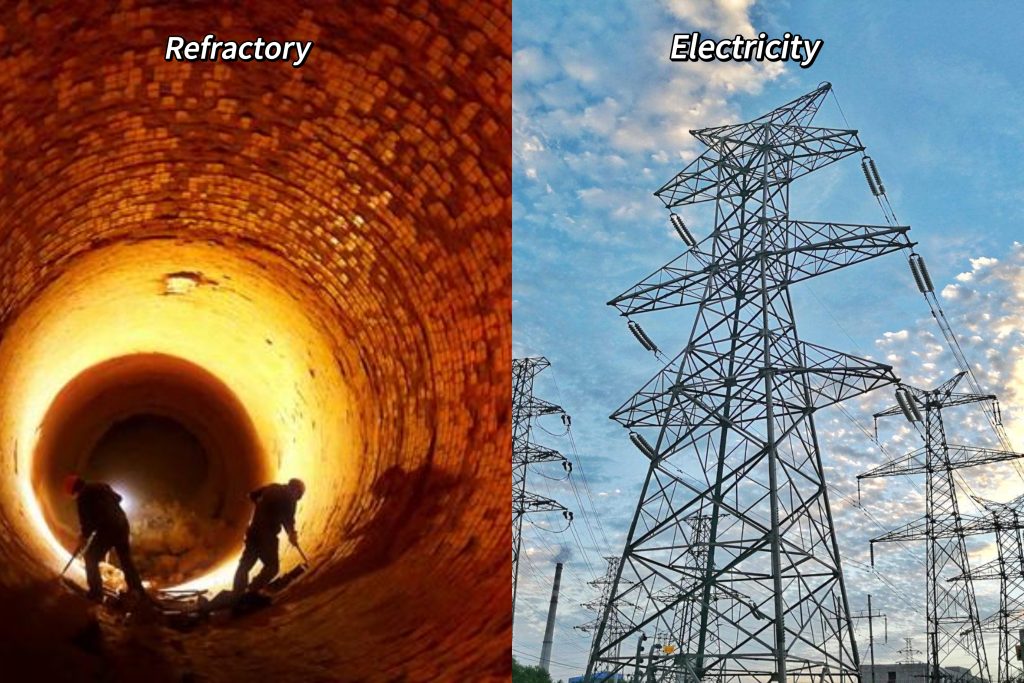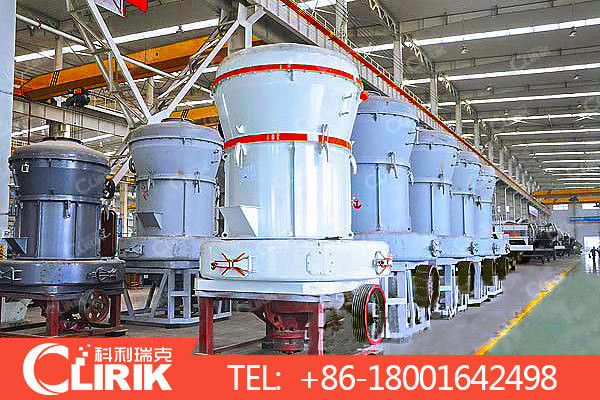
Mullite is a high-quality refractory raw material, chemical formula 3Al2O3·2SiO2. This type of mineral is relatively rare. Mullite is a mineral formed by aluminosilicates at high temperatures and is formed when artificially heated. Natural mullite crystals are elongated needle-like and radiate in clusters. Mullite ore is used to produce high temperature refractory materials. It is widely used as thermal barrier coating in C/C composite materials. Mullite AI2O3-SiO2 in the atmospheric pressure stable binary solid solution, chemical formula AI2O3-SiO2 natural mullite is very few, usually sintered or electrofusion method and other artificial synthesis.

Mullite powder is made from mullite raw material through high temperature roasting, crushing, screening, Raymond, iron removal and other machining processes and has high aluminum, low iron content, high hardness, small coefficient of thermal expansion, high refractoriness, thermochemical stability and other excellent mullite sand and powder.

Mullite has good properties such as high refractoriness, strong electrical insulation, chemical erosion resistance, good shock resistance, high softening temperature under load, creep resistance, and is now widely used in metallurgy, chemical industry, petroleum, electric power, national defense and many other industrial fields.

As a high-performance refractory material, mullite has the following advantages: high melting point, uniform expansion, excellent thermal shock stability, high softening point under load, small creep value at high temperature, high hardness, good chemical corrosion resistance and so on. High temperature resistant equipment made of mullite is not only resistant to high temperature, but also has long service life and corrosion resistance. Mullite and other high-quality materials complement each other to synthesize refractories with better performance.
The application of mullite in the field of electrical properties is reflected in its excellent substrate material, which has a very low dielectric constant and can bear a high line density. Therefore, mullite ceramics and mullite glass-ceramic composites are used as excellent functional materials for high-performance integrated circuits.
Mullite as a very good chemical material, in addition to the above aspects of application research, there are many applications in other aspects. Such as mullite can be used as a breathable ceramic element. The material has high mechanical strength, uniform porosity distribution and good air permeability. In addition, mullite composite material can be used as catalyst carrier, which has good chemical stability and heat resistance, and can support a variety of catalysts. The prepared catalyst can be used in oil cracking, automobile exhaust treatment and wastewater treatment. Mullite ceramic alloy can also be used for brake pad lining, this material with metal alloy as the matrix, other kinds of ceramics as the dispersion medium. Because the material has better heat resistance and wear resistance than the brake material made of polymer, it has been widely used in aircraft and high-speed rail systems and automobile brake pads.

The output of Raymond mill is 0.2 to 50 tons per hour, the maximum feeding size is 35mm, the fineness of the finished product is 80 to 325 mesh, and can be adjusted at any time.
1.The whole Raymond mill is a vertical structure, covers a relatively small area, systematic, complete set of strong, whether from raw material rough processing or transportation, powder and final packaging, can become an independent production system.
2. Raymond mill important parts are made of high-quality castings and profiles, fine technology, rigorous process, to ensure the durability of the whole set of equipment.
3. The use of electromagnetic vibration feeder uniform feeding, easy to adjust, small size, light weight, energy saving, easy maintenance. The electric system adopts centralized control and advanced selection, and unmanned operation can be realized in the host machine room.
(1)First, the bulk of mullite is broken into a size that can be fed (< 35mm) with a jaw crusher, and the material is transported to the silo by a bucket elevator.
(2)Then the mullite is evenly sent to the mill room of Raymond Mill by the electromagnetic vibration feeder.
(3)The mullites entering the mill chamber are picked up by the spatula knife until they are crushed between the mill roll and the mill ring. The blower blows air from the shunt disc into the grinding chamber and sends the pulverized powder to the analysis chamber. After the separation of the analysis impeller driven by the speed regulating motor through the transmission device, the large particles fall back into the grinding chamber and are re-ground.
(4)The qualified fine powder enters the finished cyclone collector with the air flow, separates from the air, and is discharged from the discharge port to the finished mullite powder.